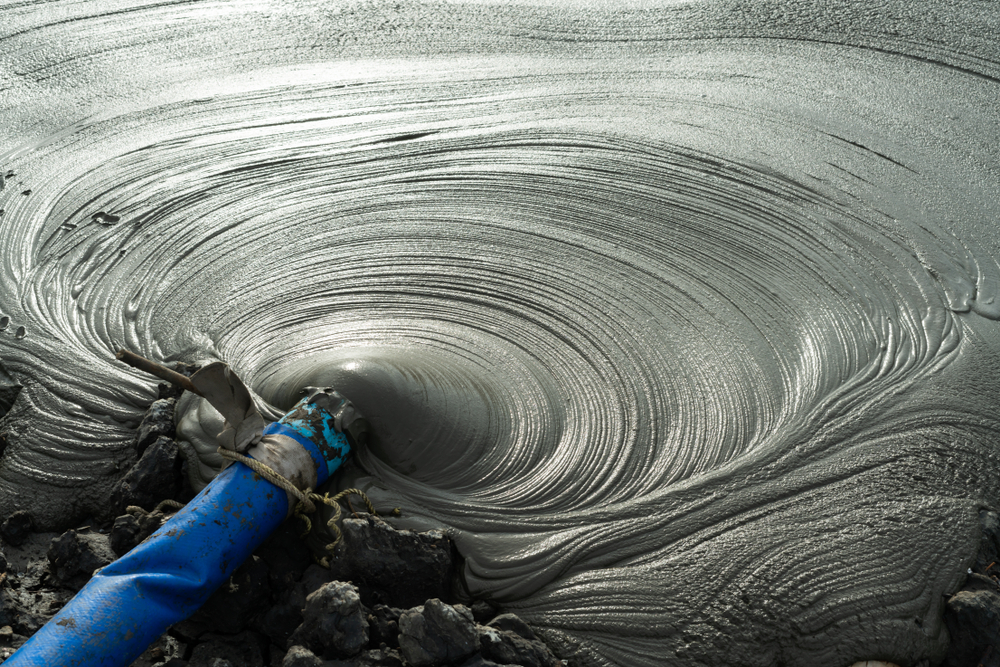UOP 603 Wax Content in Drilling Mud Oils Testing
The UOP 603 method is a crucial standard employed by laboratories to determine the wax content of drilling mud oils. This test is essential for ensuring that drilling fluids meet quality and performance standards, which are critical for maintaining operational efficiency and safety in oil & gas operations.
Wax content plays a significant role in the rheological properties of drilling muds, directly impacting the fluid’s viscosity, filter cake formation, and stability. High wax content can lead to increased viscosity, making it harder to circulate the mud through the drill string and bit. This can cause operational challenges such as stuck pipe incidents and reduced drilling efficiency. Conversely, low wax content may result in insufficient lubrication of the drill bit and inadequate protection against corrosion.
The UOP 603 method allows for the precise determination of wax content by subjecting the sample to a series of controlled conditions that separate the wax from other components of the drilling mud oil. The procedure involves heating the sample in a controlled environment, allowing the wax to crystallize and be separated from the remainder of the sample. This separation is then quantified using gravimetric analysis.
Understanding the wax content is vital for optimizing drilling fluid formulations. By accurately measuring wax content, operators can adjust additives such as waxes or anti-wax agents to achieve the desired rheological properties without compromising other critical parameters like filtration loss and fluid loss.
The UOP 603 method ensures consistent results across different laboratories by providing a standardized approach. This standardization is particularly important in an industry where accuracy and reliability are paramount. The test helps ensure that drilling muds meet the specifications required for safe and efficient drilling operations, thus contributing to overall operational success.
The importance of wax content testing cannot be overstated, especially in challenging environments such as deepwater drilling or Arctic operations, where extreme conditions can exacerbate the impact of wax accumulation. By leveraging UOP 603 testing, operators can make informed decisions about fluid management and optimization, ultimately reducing downtime and enhancing safety.
Scope and Methodology
The scope of the UOP 603 Wax Content in Drilling Mud Oils Testing is to provide a standardized method for determining the wax content of drilling mud oils. This test is particularly useful for ensuring that the rheological properties of the drilling fluid meet operational requirements, thereby enhancing safety and efficiency.
| Step | Description |
|---|---|
| 1 | Sample preparation: Ensure the sample is representative of the entire batch. This involves taking multiple subsamples from different parts of the drilling mud oil container. |
| 2 | Heating and crystallization: The prepared sample is heated in a controlled environment to promote wax crystallization. The temperature and time parameters are specified by UOP 603. |
| 3 | Weighing: After the wax has crystallized, it is separated from the remainder of the sample using appropriate filtration methods. The weight of the wax is then measured accurately. |
| 4 | Calculation: The wax content percentage is calculated based on the mass of wax recovered relative to the original sample mass. |
The methodology adheres strictly to UOP 603, ensuring that all steps are performed under controlled conditions and with precision. This approach guarantees accurate and reliable results, which are essential for making informed decisions about drilling mud formulations.
Environmental and Sustainability Contributions
The determination of wax content in drilling mud oils through UOP 603 can contribute positively to environmental sustainability by ensuring that the drilling fluids perform optimally. By accurately measuring wax content, operators can adjust their fluid formulations to minimize unnecessary additives while still achieving desired rheological properties.
Optimizing drilling muds using UOP 603 helps reduce waste and energy consumption associated with over-mixing or under-mixing of additives. This optimization not only improves operational efficiency but also contributes to a more sustainable approach to oil & gas extraction. By minimizing the environmental footprint, operators can align their practices with global sustainability goals.
The precision provided by UOP 603 ensures that drilling fluids are used efficiently, which can lead to reduced carbon emissions and lower resource consumption. This is particularly important in challenging environments where resources must be conserved and waste minimized. By adhering to this standard, laboratories play a crucial role in supporting sustainable practices within the oil & gas industry.
Competitive Advantage and Market Impact
- Accurate measurement of wax content ensures that drilling fluids meet the highest quality standards, enhancing operational efficiency and safety.
- The ability to optimize fluid formulations based on precise wax content data provides a competitive edge in terms of cost-effectiveness and performance.
- Laboratories that adhere strictly to UOP 603 can offer reliable results that are trusted by industry professionals, thereby building strong client relationships.
- By staying at the forefront of testing methodologies like UOP 603, laboratories demonstrate their commitment to innovation and quality, which is increasingly valued in a competitive market.
The demand for precise wax content measurements continues to grow as operators seek ways to enhance drilling efficiency and safety. Laboratories that offer this service can position themselves as leaders in the field, attracting clients who prioritize reliability and accuracy in their testing services.





